The world’s uncontacted peoples under threat
Indigenous groups face ‘silent genocide’ from growing contact with miners, missionaries and influencers
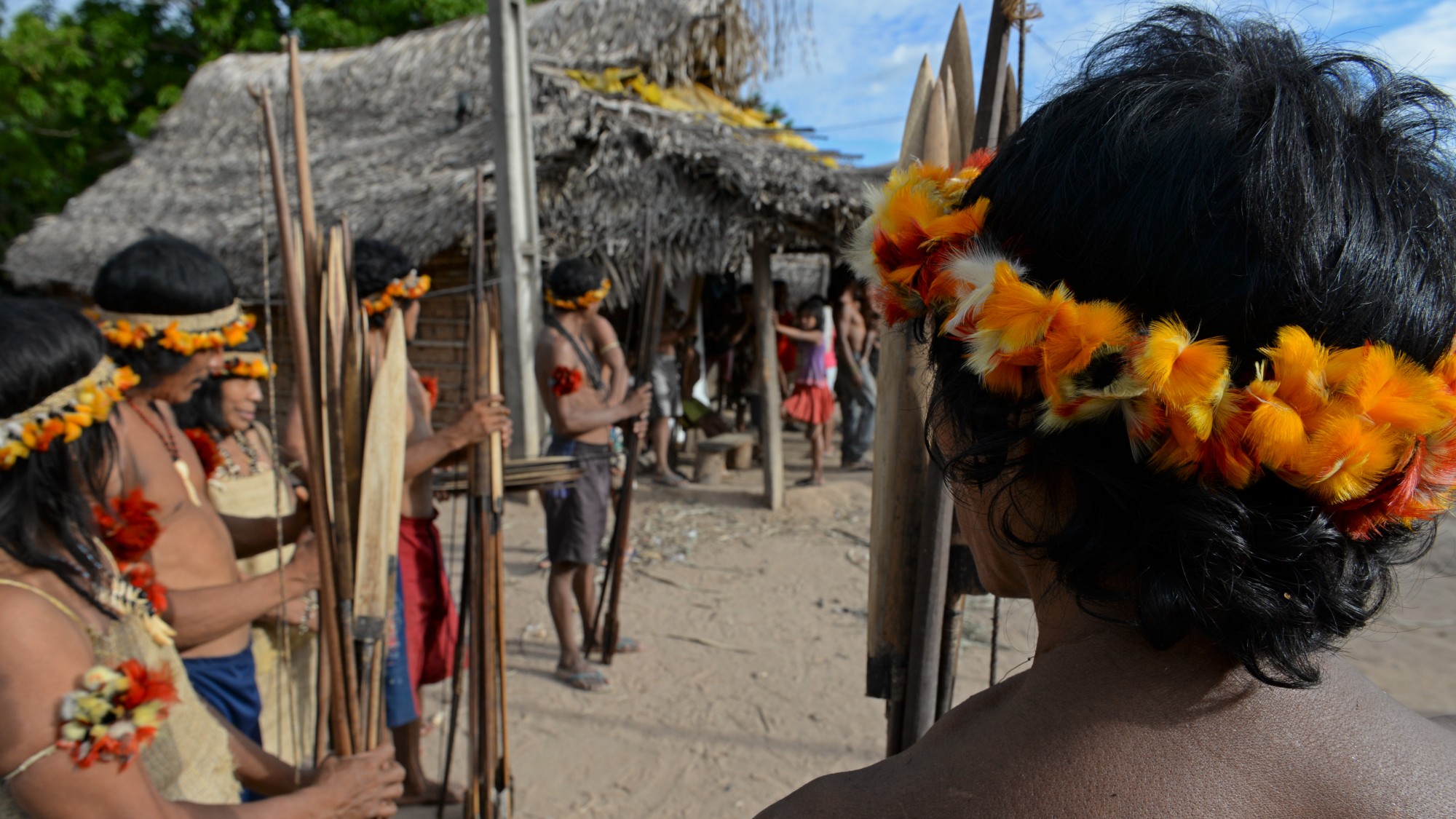
Half of the world’s remaining uncontacted indigenous groups face extinction within a decade due to growing contact with missionaries, miners, drug traffickers and social media influencers, a new report released by Survival International ahead of Cop30 in Brazil has warned.
The indigenous rights organisation, which has spent years compiling a comprehensive record of some of the world’s most isolated people, has identified 196 “uncontacted” communities around the world who are living “at the edge of survival”.
“These are what I would call silent genocides – there are no TV crews, no journalists. But they are happening, and they’re happening now,” said Fiona Watson, Survival’s research and advocacy director.
The Week
Escape your echo chamber. Get the facts behind the news, plus analysis from multiple perspectives.

Sign up for The Week's Free Newsletters
From our morning news briefing to a weekly Good News Newsletter, get the best of The Week delivered directly to your inbox.
From our morning news briefing to a weekly Good News Newsletter, get the best of The Week delivered directly to your inbox.
Who and where are they?
Uncontacted peoples are those who “reject contact with outsiders, as an active and ongoing choice”, said the charity. Some are “entire peoples who are uncontacted”, while others are “sub-groups of bigger tribes with whom they share a language and often a territory”.
“All are aware of the outside world, and reject it. They are self-sufficient and resilient. They live independently in forests, sometimes on islands. They resist intrusion, and thrive when their rights are respected.”
The Amazon basin accounts for the vast majority of these communities, with the rest living in the Asia-Pacific, including India and Indonesia.
Some romanticise them as “lost tribes” frozen in time, said Watson, but the reality is that they are contemporary societies which deliberately avoid outsiders after generations of violence, slavery and disease.
A free daily email with the biggest news stories of the day – and the best features from TheWeek.com
Why are they under threat?
Resource extraction is by far the biggest threat to uncontacted peoples, many of whom live on land ripe for mining, logging and agribusiness. Deforestation and infrastructure projects like roads and railways often leave food and water sources destroyed and polluted, bringing starvation.
Drug-trafficking gangs also posed an existential danger to indigenous communities, said Survival, while missionaries who are “bankrolled by multi-million-dollar evangelical organisations” to track and convert people to Christianity threaten about one in six.
A new but growing threat is the rise of “adventure-seeking tourists” and social media influencers who expose uncontacted groups to deadly diseases.
A British YouTuber known as “Lord Miles” recently boasted on social media of “his detailed plans” to illegally visit India’s North Sentinel island, home to the most isolated indigenous people in the world. US influencer Mykhailo Viktorovych Polyakov is currently on bail facing the possibility of a prison sentence after landing on the island in March and allegedly offering the indigenous Sentinelese a can of Diet Coke and a coconut.
“Indigenous people have become this spectacle. They’re here to be consumed by global audiences,” Michael Rivera, an anthropologist at the University of Hong Kong, told NBC News. “This is reproducing a sort of racial hierarchy that is positioning influencers, who tend not to be indigenous people”, at the top.
What can be done?
In 1987 Brazil, which is home to most of these groups, adopted a policy to protect isolated peoples and demarcate their land. This has “allowed many populations to grow”, said The Guardian, but in recent decades, the agency set up to protect them has been “deliberately weakened”, by successive governments. “Chronically underfunded and understaffed”, its field infrastructure is today “in tatters”.
Critics say this is because these groups do not vote and live on resource-rich land, meaning they are either ignored by their government or, worse, deliberately targeted.
Survival International has called for a global no-contact policy and urged private companies to ensure their supply chains are free of material sourced from land inhabited by indigenous groups.
But protecting uncontacted peoples will require not only “stronger laws” but also a “shift in how the world views them – not as relics of the past, but as citizens of the planet whose survival affects everyone’s future”, said The Independent.
-
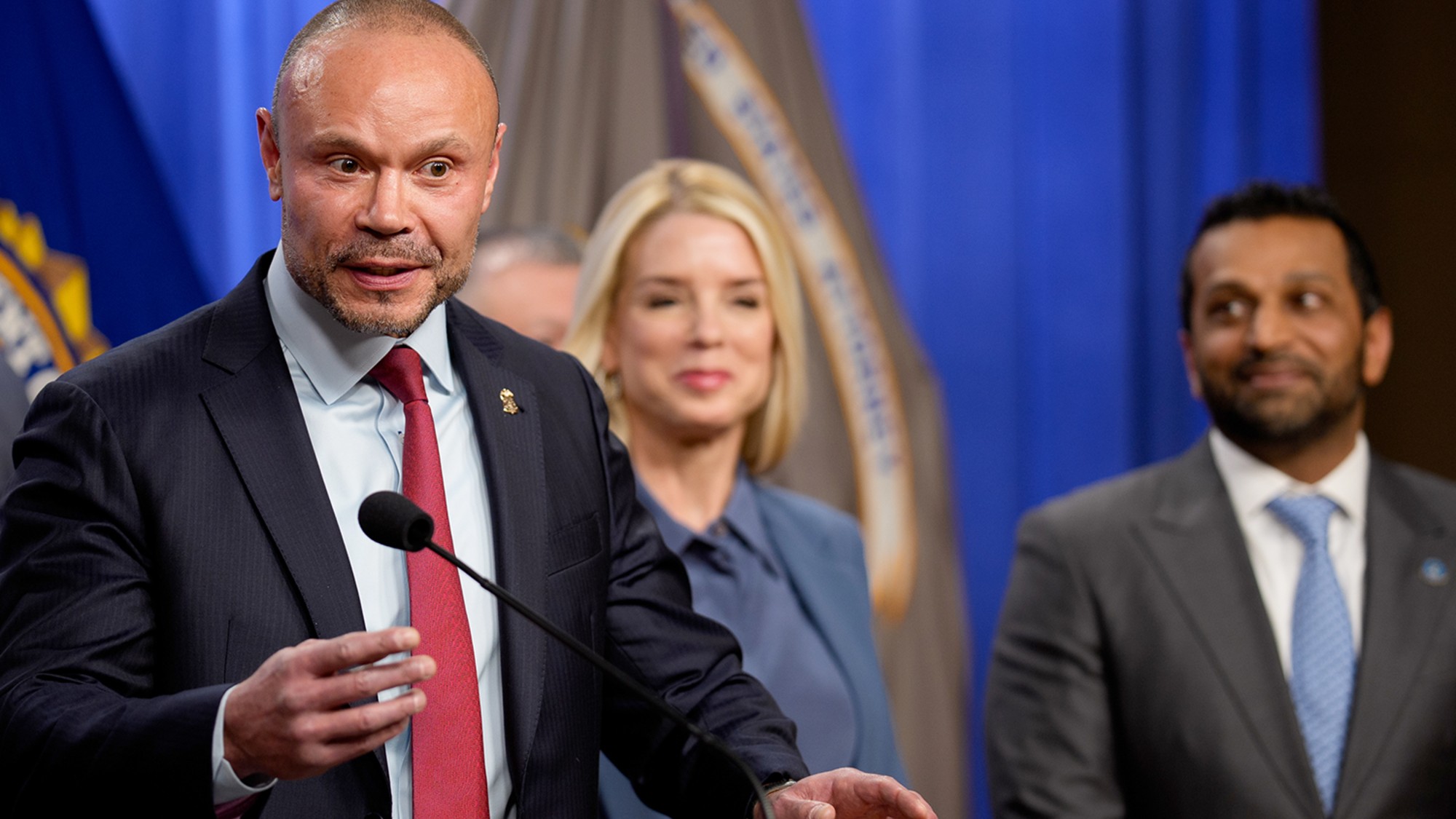 Pipe bombs: The end of a conspiracy theory?
Pipe bombs: The end of a conspiracy theory?Feature Despite Bongino and Bondi’s attempt at truth-telling, the MAGAverse is still convinced the Deep State is responsible
-
 The robot revolution
The robot revolutionFeature Advances in tech and AI are producing android machine workers. What will that mean for humans?
-
 Health: Will Kennedy dismantle U.S. immunization policy?
Health: Will Kennedy dismantle U.S. immunization policy?Feature ‘America’s vaccine playbook is being rewritten by people who don’t believe in them’
-
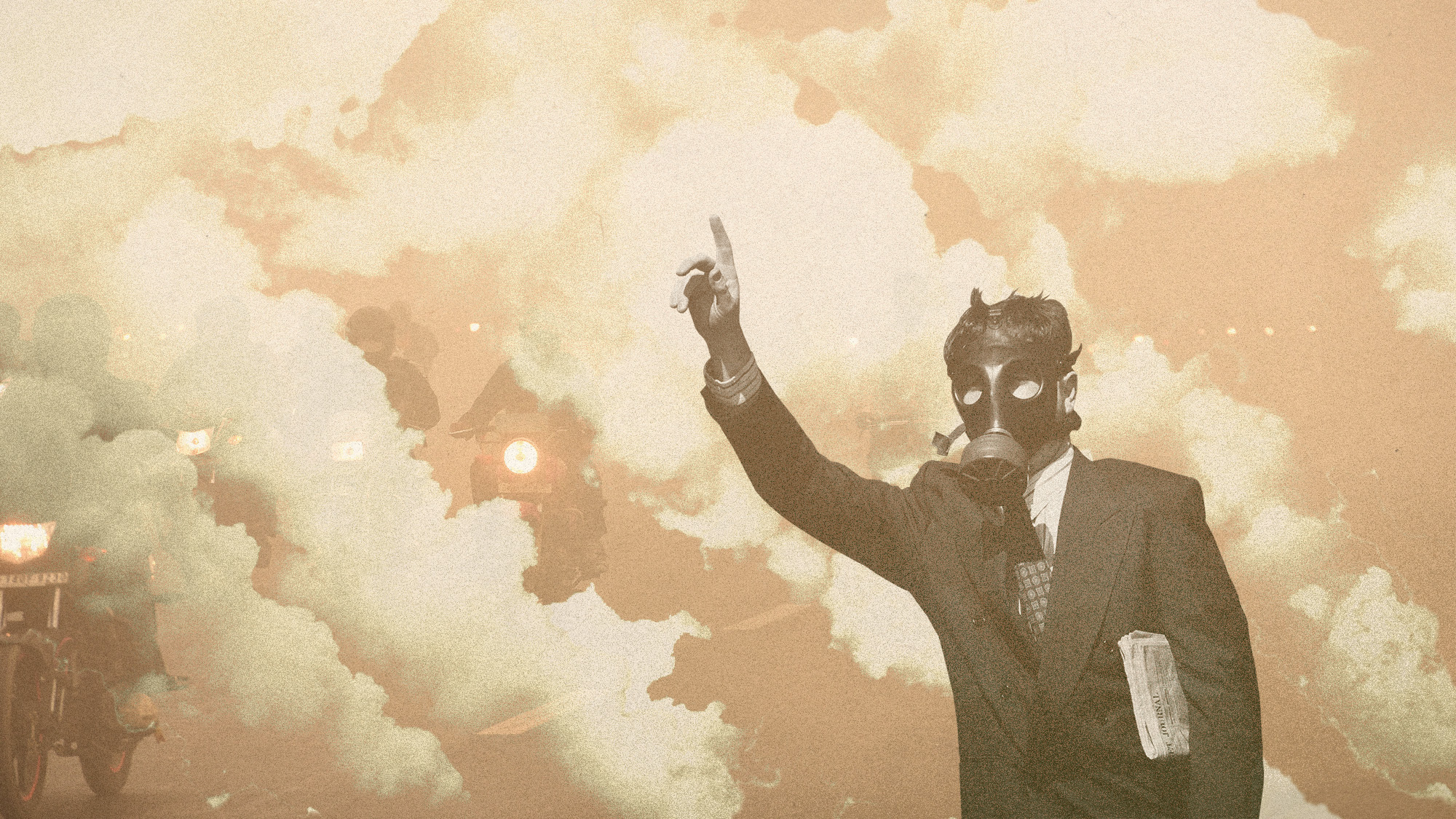 ‘Like a gas chamber’: the air pollution throttling Delhi
‘Like a gas chamber’: the air pollution throttling DelhiUnder The Radar Indian capital has tried cloud seeding to address the crisis, which has seen schools closed and outdoor events suspended
-
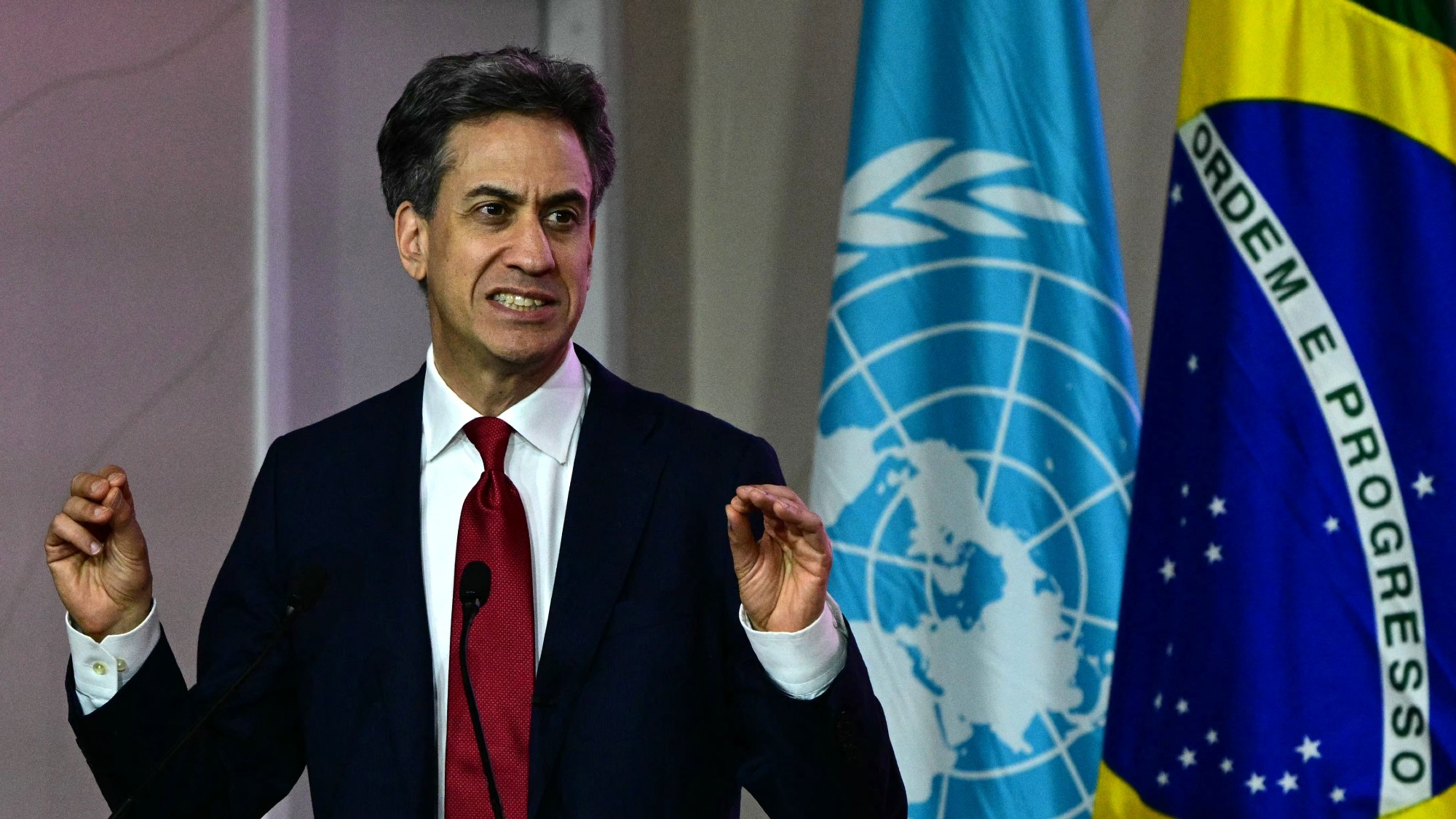 Can the UK do more on climate change?
Can the UK do more on climate change?Today's Big Question Labour has shown leadership in the face of fraying international consensus, but must show the public their green mission is ‘a net benefit, not a net cost’
-
 Did Cop30 fulfil its promise to Indigenous Brazilians?
Did Cop30 fulfil its promise to Indigenous Brazilians?Today’s Big Question Brazilian president approves 10 new protected territories, following ‘unprecedented’ Indigenous presence at conference, both as delegates and protesters
-
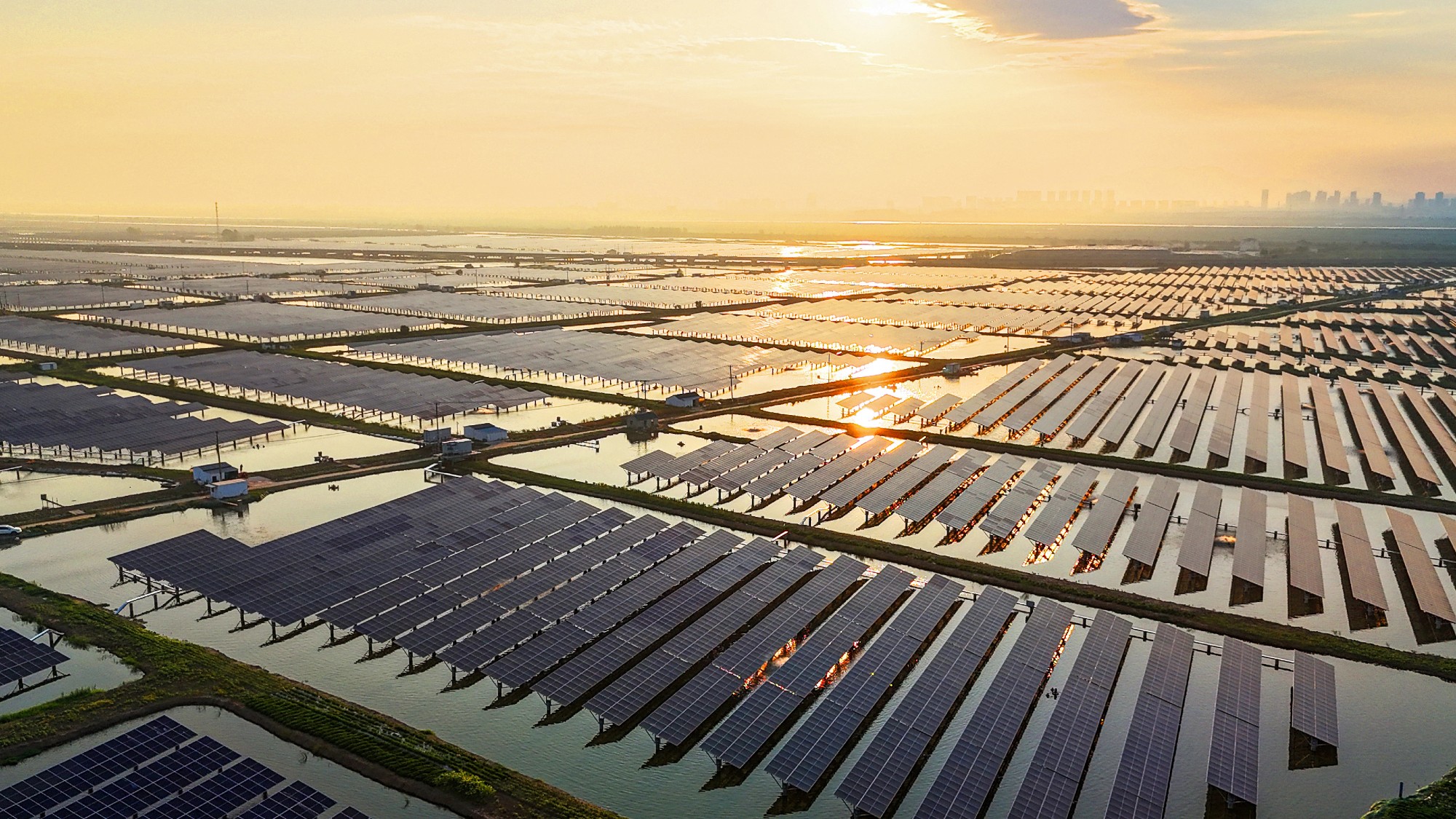 The future of the Paris Agreement
The future of the Paris AgreementThe Explainer UN secretary general warns it is ‘inevitable’ the world will overshoot 1.5C target, but there is still time to change course
-
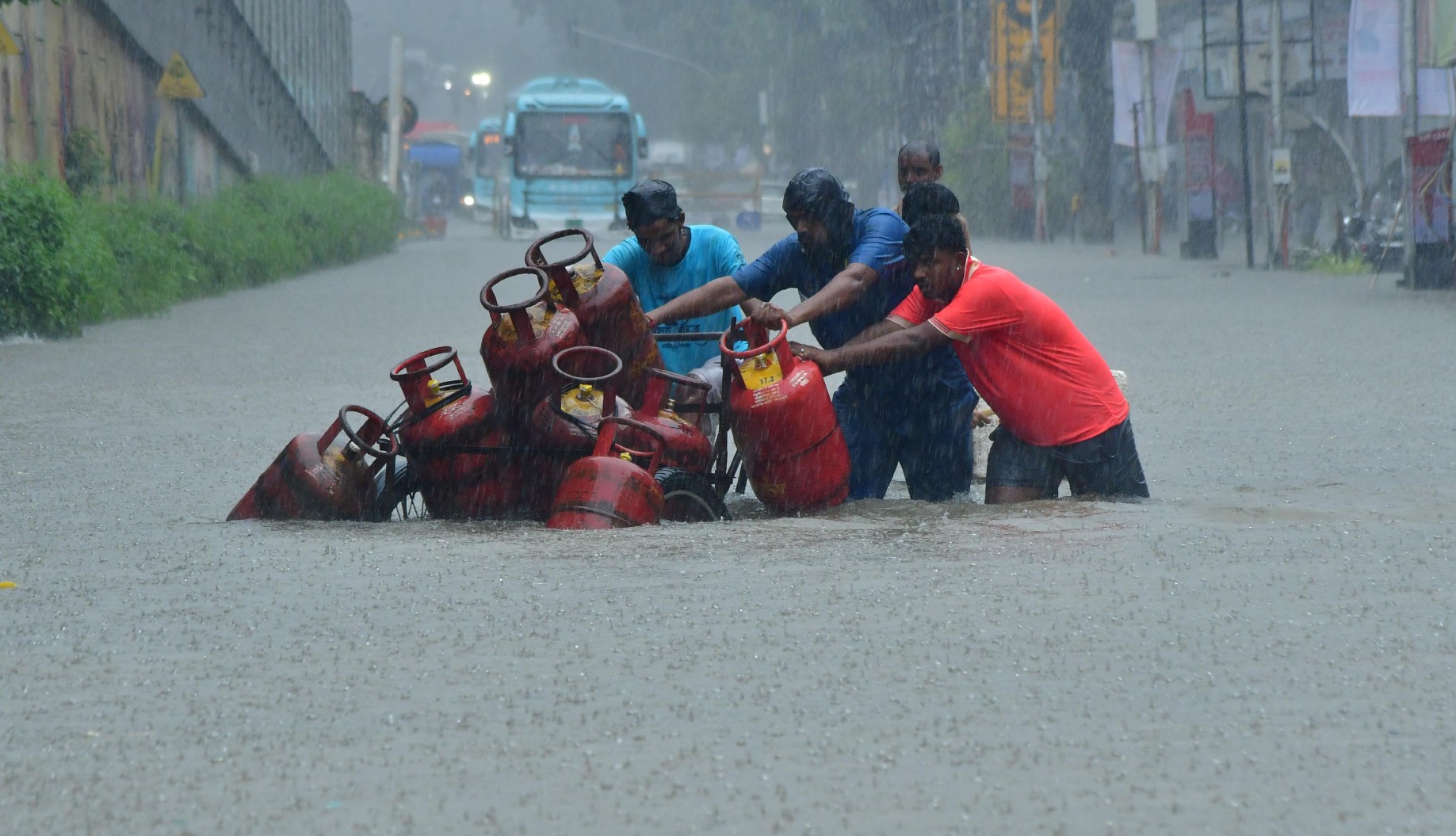 Cloudbursts: what are the 'rain bombs' hitting India and Pakistan?
Cloudbursts: what are the 'rain bombs' hitting India and Pakistan?The Explainer The sudden and intense weather event is almost impossible to forecast and often leads to deadly flash-flooding and landslides
-
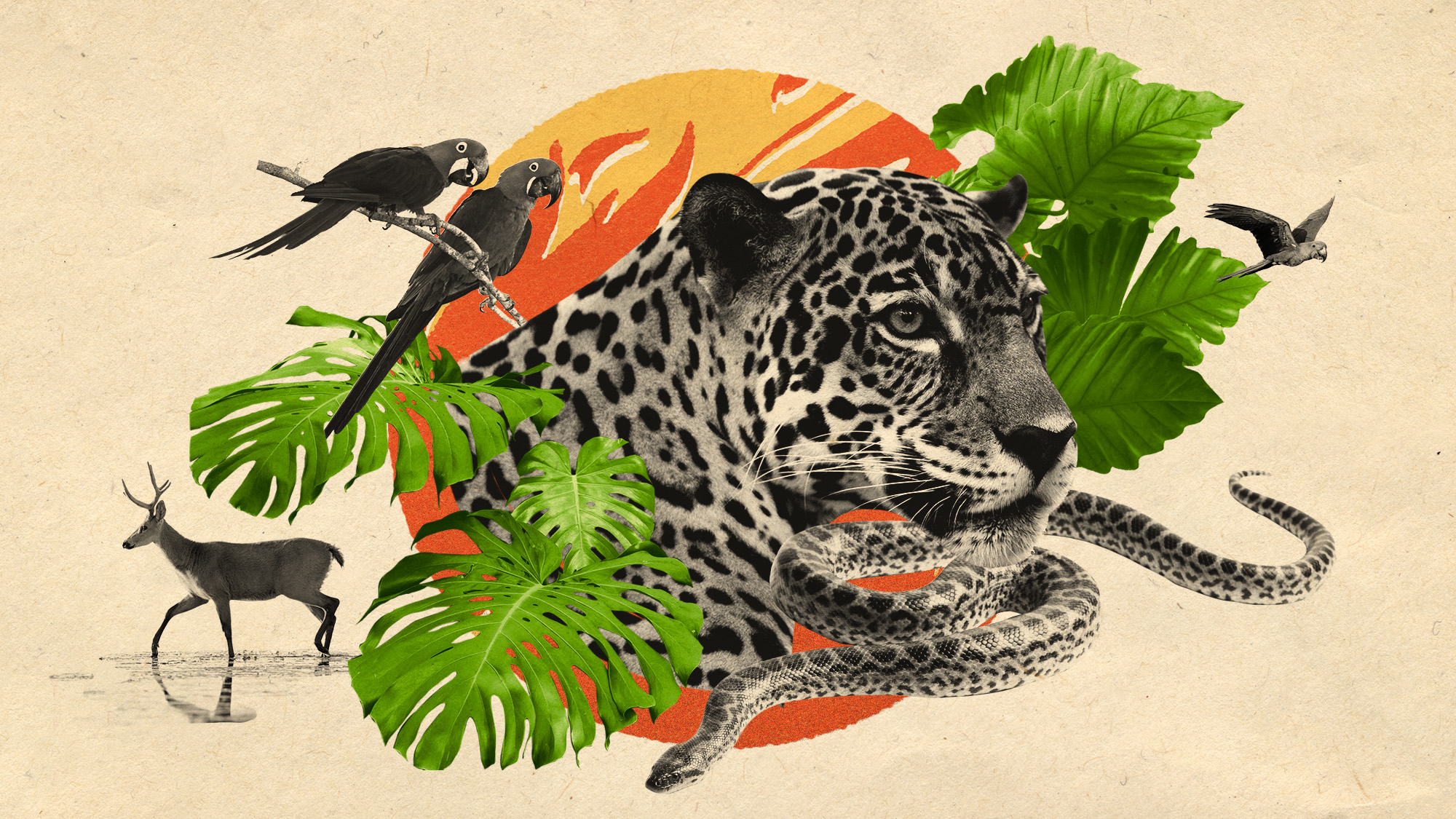 The world's largest tropical wetland is on fire, and under threat from waterway
The world's largest tropical wetland is on fire, and under threat from waterwayUnder the Radar Proposed shipping route through Pantanal in Brazil could dry out biome and worsen devastating wildfires
-
 How loss of India's vultures might have led to half a million deaths
How loss of India's vultures might have led to half a million deathsUnder the Radar Near extinction of the invaluable carrion eaters in 1990s left cattle carcasses piled up and disease spreading widely
-
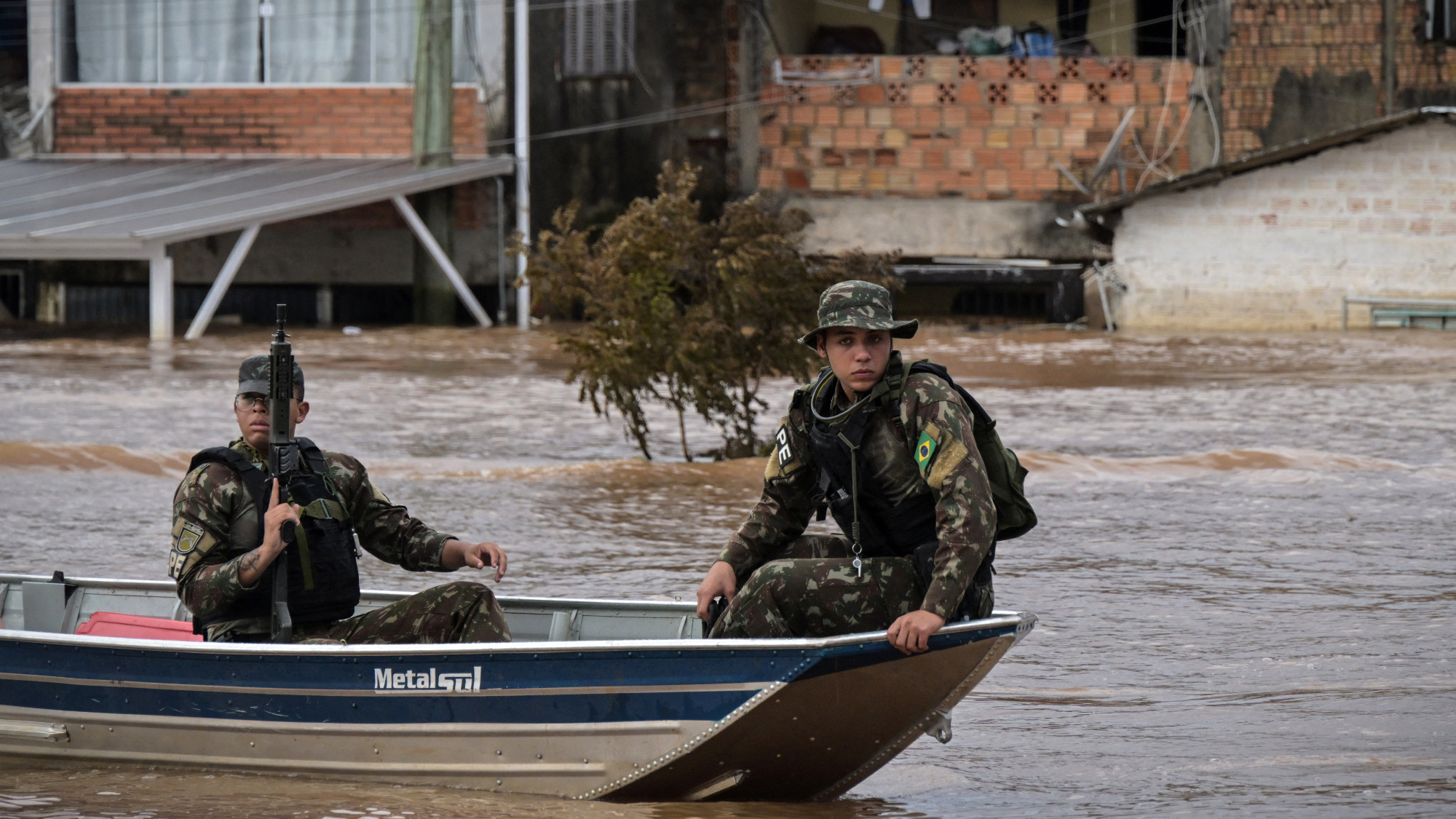 Death toll in Brazil flooding tops 100
Death toll in Brazil flooding tops 100Speed Read The record rainfall is linked to El Niño, which has been exacerbated by climate change